Why Every School Needs an AI Policy Right Now (Part 1)
The CoolCatTeacher
SEPTEMBER 22, 2023
The US Office of Educational Technology says, “Everyone in education has a responsibility to harness the good to serve educational priorities while also protecting against the dangers that may arise as a result of AI being integrated in educational technology.” from 2023 to 2030. It is already too late to get rid of AI.


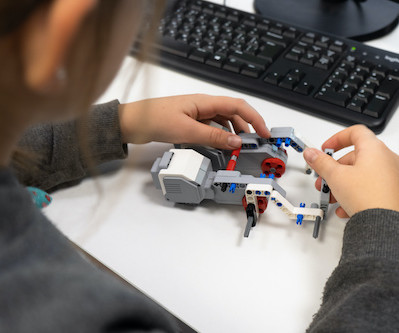

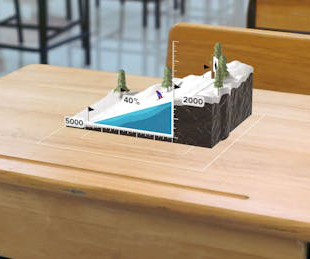






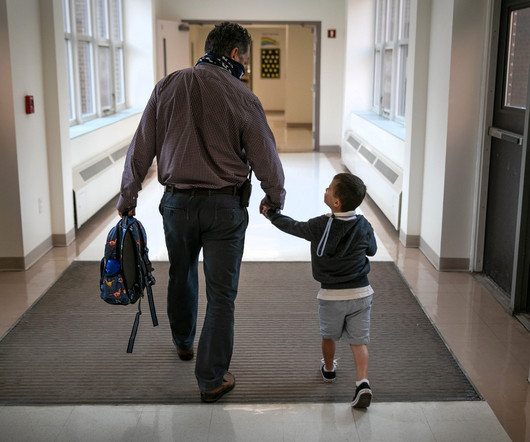

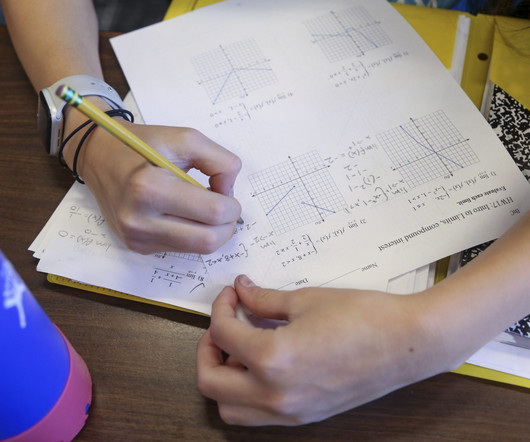



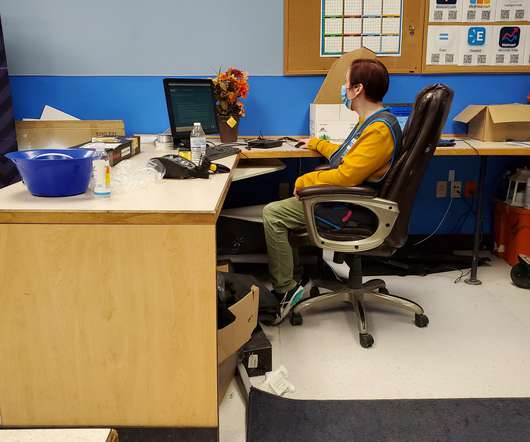

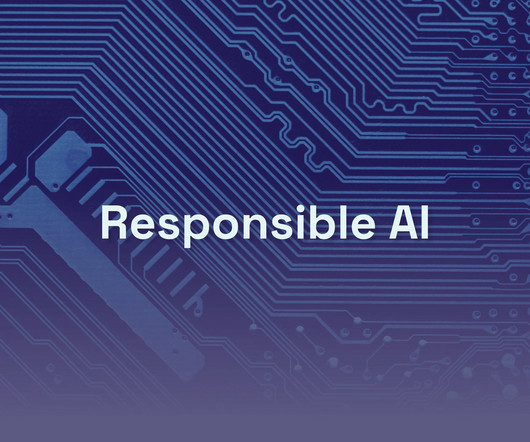


















Let's personalize your content